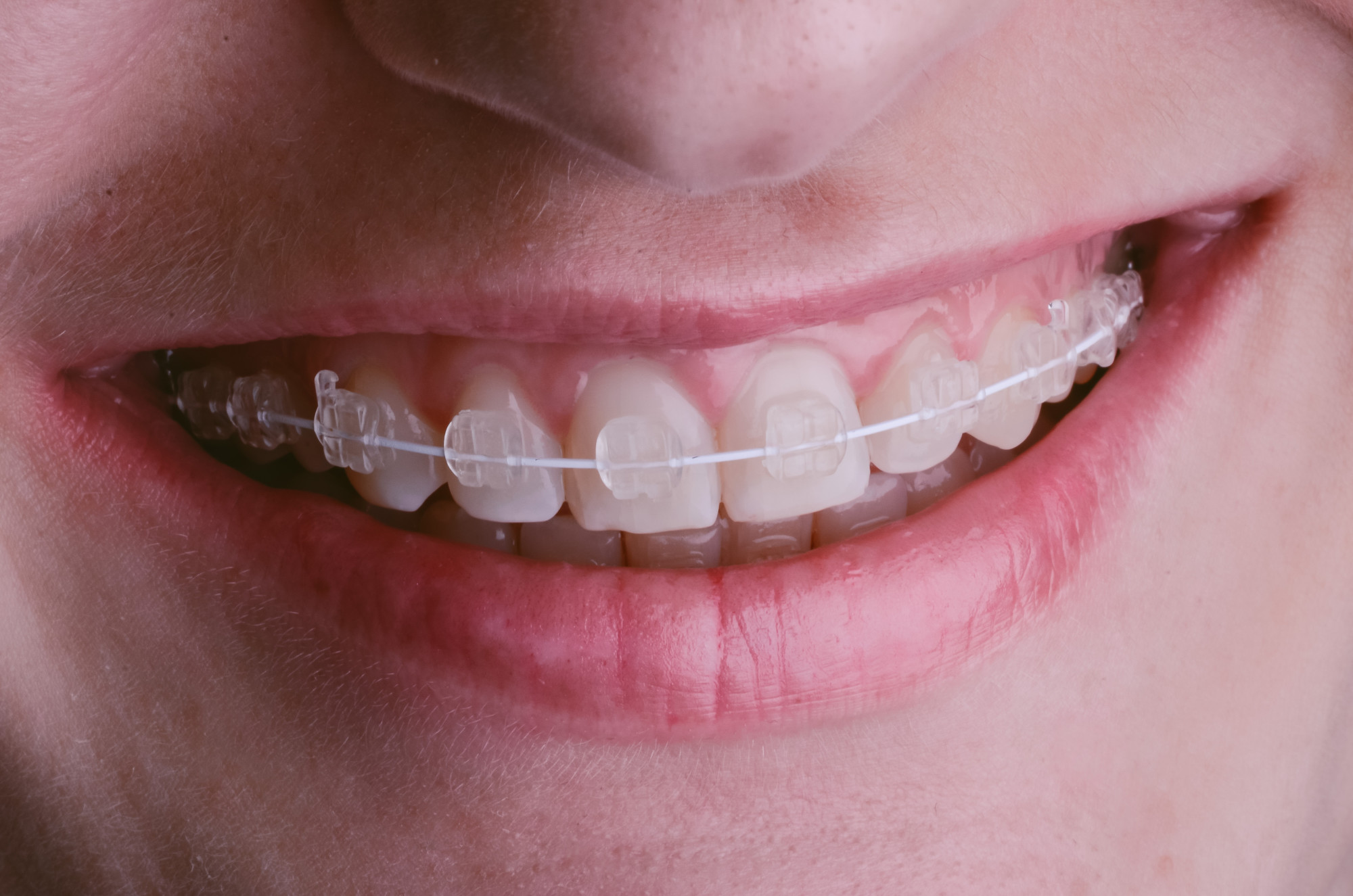Does your child need orthodontic work?
Believe it or not, your child could be seeing an orthodontist from age six (though most parents don’t start taking their kids to the orthodontist until they’re in their pre-teen to teen years). Has your child had their first orthodontist appointment yet?

If your child has crooked teeth, it’s normal for them to be self-conscious. While you should encourage self-love for your child, there’s also nothing wrong with visiting an orthodontist to see if they’re ready for braces.
But what if your child is scared of metal braces? Is Invisalign an option for kids instead?
In short, it depends on a lot of factors. We’re here to explain so you and your child can make the best choice together. Keep reading to learn all about why Invisalign may or may not be the best choice for your child.
HOW OLD ARE THEY?
The first factor that you need to consider is your child’s age.
Technically speaking, anyone can have clear aligners as long as they have all of their adult teeth. If your child still has baby teeth, or if some of their teeth are still missing, it’s not time for any kind of orthodontic work yet.
That doesn’t mean that they can’t see an orthodontist. Orthodontists can get an idea of how your child’s teeth are going to grow in so you can make a treatment plan for the future.
Keep in mind that Invisalign is more work than standard metal braces. Younger children may not be ready for it. They’re still adjusting to their lives.
Older children, like teenagers, though, might be more than capable of having orthodontic work done. Invisalign for teens is popular. For some teens, the benefits of Invisalign (like the almost invisible treatment) outweigh the potential stress of keeping the aligners where they should be.
HOW RESPONSIBLE ARE THEY?
Speaking of the stress and responsibility of aligners, you also need to consider how responsible your child is. Responsibility and age don’t necessarily go together, so this is something that you’re going to have to gauge on your own.
Invisalign is different from braces. With braces, the orthodontist sets up the brackets and wires and they stay in place for the duration of the treatment. Your child won’t be able to remove them (without excessive force). This means that there’s very little effort on their part.
Clear aligners require your child to do some extra work. They have to take the aligners in and out for meals and brush their teeth every time they eat or drink anything aside from water. They need to make sure that they floss so no debris is caught in the aligners overnight.
They also need to stay on top of the tray changes and keeping their aligners in for 20-22 hours per day, which can be challenging (even for adults).
Furthermore, if your children have lunch at school or camp, they need to make sure that they don’t accidentally throw their aligners away.
This doesn’t mean that your kid can’t have aligners. It means that you need to identify their level of responsibility before you get started.
HOW IS THEIR DENTAL HYGIENE?
This ties into responsibility. How good is your child at taking care of their teeth?
Younger children are still adapting to keeping their dental hygiene in check. They may not floss as often as they should, or they may be prone to cavities due to too much sugar and not enough brushing.
This isn’t abnormal, but it could become a problem if they choose Invisalign, which needs to be kept clean.
WHAT IS THEIR LIFESTYLE LIKE?
Not all children or teenagers are ready for Invisalign. Does your child’s lifestyle accommodate clear aligners?
If your child spends a lot of time out of the house or on trips (like if they’re in school sports), you may want to wait for Invisalign or choose standard metal braces.
If your child plays certain types of instruments (like brass instruments) they may have trouble with Invisalign. If their music is important to them, it may be better to hold off on orthodontic work or to choose standard metal braces.
With this in mind, your child can remove their Invisalign to play. Just remember that they can only have their aligners out for 2-4 hours per day, including meals.
Talk to your orthodontist about your child’s lifestyle so they can determine the best orthodontic treatment plan.
HOW MUCH MOVEMENT DO THEY NEED?
With modern braces and clear aligners, most movements are possible. Whether your child has spacing problems, crowding problems, or a misaligned bite, clear aligners are generally a good choice, especially while your child is young and their teeth are easier to move.
That said, your orthodontist may suggest metal braces for certain movements. Sometimes certain rotations are difficult for Invisalign, and that may extend treatment time.
If they need more complicated movements and your orthodontist is uncomfortable prescribing Invisalign, consider asking about “invisible braces” instead. While they’re not as invisible, they’re less visible than standard metal braces.
If your orthodontist thinks that only one-half of your child’s mouth is a complicated case, you may also be able to get a hybrid treatment with both standard braces and Invisalign together.
SO IS INVISALIGN RIGHT FOR YOUR CHILD?
Based on these factors, do you think that your child is ready for Invisalign? You need to consider your child’s lifestyle, their overall level of responsibility, the severity of their misalignment, and their dental hygiene.
With these things in mind, you, your child, and your orthodontist can work together to figure out the best treatment plan.
Are you ready to start your child’s orthodontic treatment? Our orthodontists are experienced with all ages, and we want to meet you! Contact us to schedule a consultation today.
